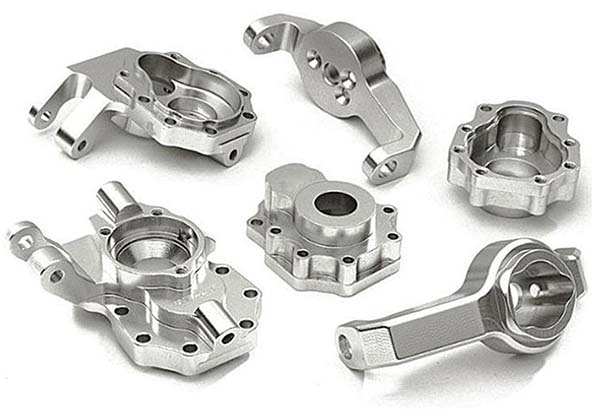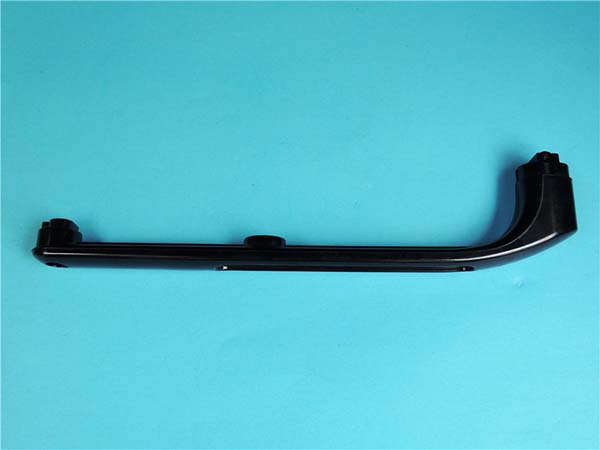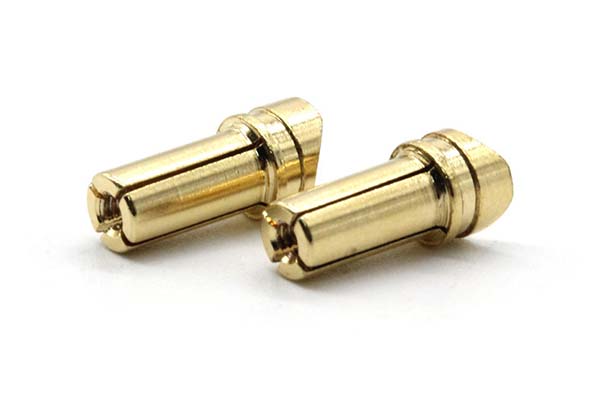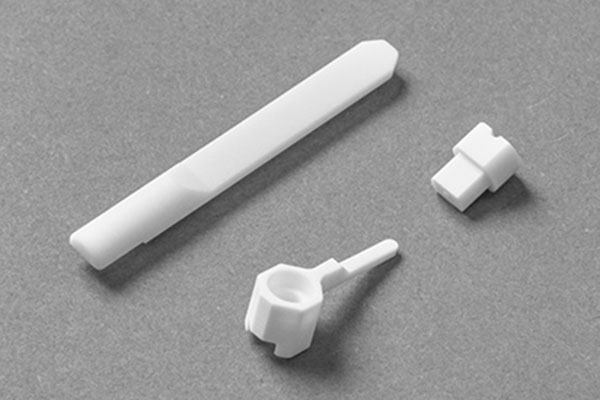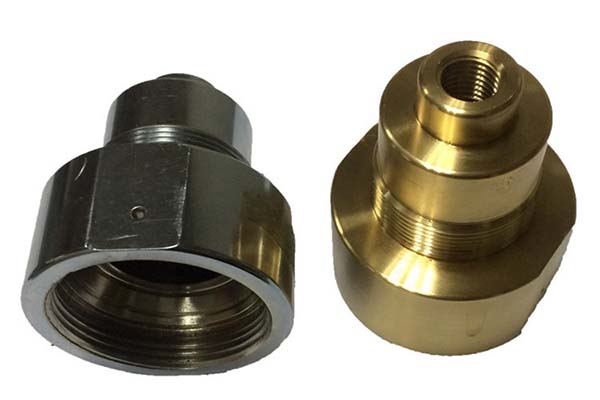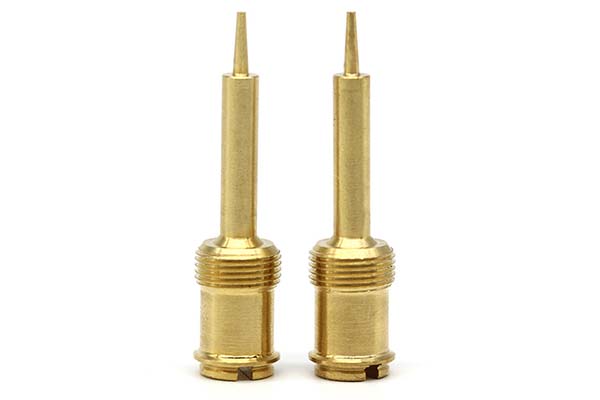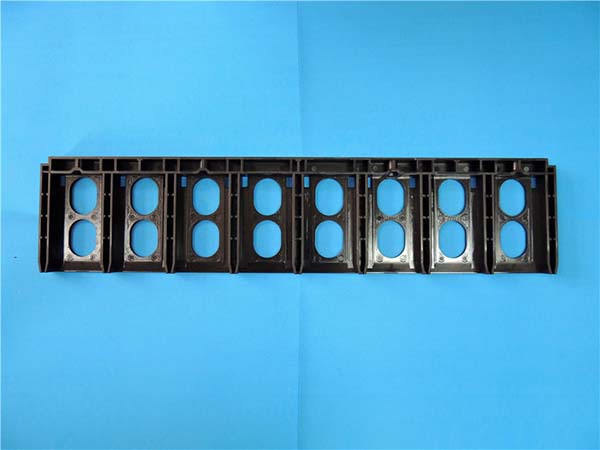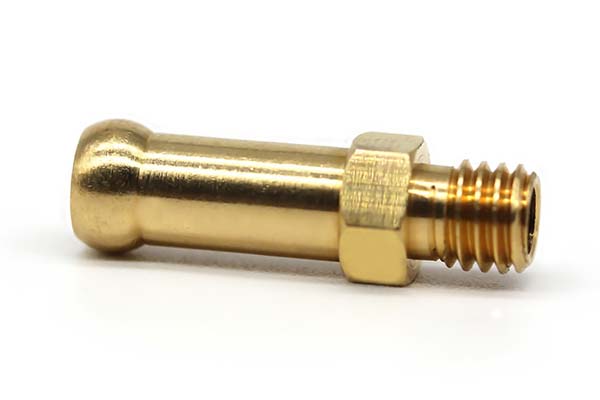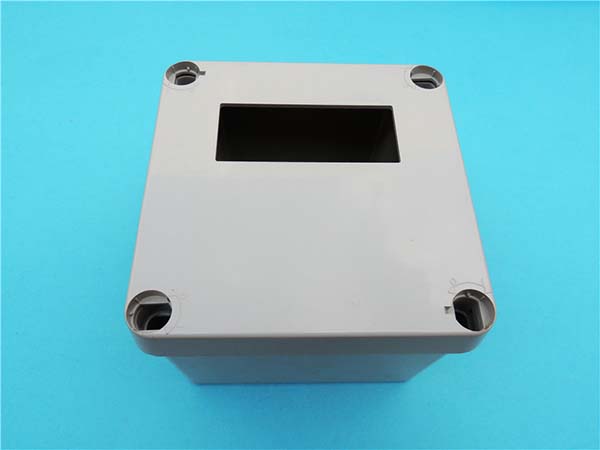Introduction
In the dynamic realm of modern construction and manufacturing, the question “What is the Significance of Rapid Steel Fabrication?” looms large. Whether you're an architect envisioning a groundbreaking skyscraper, a contractor managing a large - scale infrastructure project, or a business owner looking to build a new industrial facility, rapid steel fabrication can be the key to solving numerous challenges.
Time is a precious resource in any project. Traditional steel fabrication processes can be time - consuming, with long lead times from the initial design to the final installation. Delays in steel fabrication can lead to project overruns, increased costs, and missed deadlines. Rapid steel fabrication addresses this problem by significantly reducing the time from design to production. For example, in a commercial building project, every day of delay can cost thousands of dollars in lost revenue and additional expenses. By using rapid steel fabrication techniques, these costs can be minimized, allowing projects to be completed on schedule and within budget.
Cost - effectiveness is another major concern. Extended fabrication times often mean higher labor costs, more equipment rental fees, and increased material waste. With rapid steel fabrication, streamlined processes lead to reduced waste, optimized use of resources, and lower overall costs. This makes it an attractive option for businesses and organizations looking to get the most value out of their construction and manufacturing investments.
The Process of Rapid Steel Fabrication
Step - by - Step Explanation
- Raw Material Preparation: The first step in rapid steel fabrication is sourcing high - quality raw materials. Steel comes in various grades, each with unique properties such as tensile strength, corrosion resistance, and hardness. For example, if the end - product is a bridge component, high - strength low - alloy (HSLA) steel might be chosen for its excellent strength - to - weight ratio. Once selected, the raw steel, often in the form of large sheets, bars, or coils, is inspected for any defects like cracks or impurities. This inspection is crucial as it ensures the integrity of the final product.
- Cutting: After the raw material is prepared, cutting is the next step. Traditional cutting methods like oxy - fuel cutting were widely used in the past. However, in rapid steel fabrication, laser cutting has become the go - to option for many applications. Laser cutting can achieve a cutting speed of up to 10 meters per minute for thin - gauge steel sheets, compared to oxy - fuel cutting which may be limited to 1 - 2 meters per minute for the same thickness. This high - speed cutting significantly reduces the time spent on this stage. The cutting process is guided by computer - aided design (CAD) files, ensuring precise dimensions.
- Prototyping: prototyping is the process of giving the cut steel parts their desired shape. For simple shapes like straight beams, rolling can be used, where the steel is passed through rollers to bend it into the required form. For more complex shapes, such as the curved components in architectural structures, press braking is a common method. A press brake can exert forces of up to hundreds of tons to bend the steel precisely according to the design specifications.
- Welding: Welding is a critical step in joining the fabricated steel parts together. In rapid steel fabrication, automated welding technologies are preferred. For instance, gas metal arc welding (GMAW) is often automated. Automated GMAW can increase the welding speed by up to 30% compared to manual GMAW, while also reducing the error rate. Robotic arms equipped with welding torches can follow pre - programmed paths to create strong and consistent welds.
Advanced Technologies Involved
- laser cutting: Laser cutting technology uses a high - power laser beam to melt or vaporize the steel, enabling extremely precise cuts. It can achieve a kerf width as narrow as 0.1 - 0.3 mm, which is much narrower than traditional cutting methods. This not only reduces material waste but also allows for more intricate designs. For example, in the fabrication of small - scale steel artworks or precision - engineered machine parts, laser cutting's high precision is invaluable.
- Automated welding technology: As mentioned before, automated welding, including robotic welding, plays a significant role. These systems can work continuously with high accuracy, reducing human error and fatigue. In a large - scale steel fabrication plant, a robotic welding system can complete a complex welding job in a fraction of the time it would take a human welder. Additionally, some advanced welding technologies use real - time monitoring systems to detect and correct any welding defects immediately, further enhancing the quality and speed of the fabrication process.
Applications of Rapid Steel Fabrication
Construction Industry
In the construction industry, rapid steel fabrication has revolutionized the way buildings are erected. For example, in high - rise building projects, the use of pre - fabricated steel components fabricated rapidly can reduce construction time by up to 30% compared to traditional on - site construction methods. A case in point is the construction of the Salesforce Tower in San Francisco. The use of rapid steel fabrication techniques allowed the project team to pre - fabricate many of the steel components off - site. This not only sped up the construction process but also improved the quality control as the fabrication was done in a more controlled factory environment. Steel's high strength - to - weight ratio makes it ideal for constructing large - span structures such as bridges and stadiums. Rapid steel fabrication enables the quick production of the complex steel trusses and beams required for these structures. For instance, the new - generation cable - stayed bridges often use high - strength steel components fabricated rapidly to ensure the bridge's stability and durability while minimizing construction time.
Automotive Manufacturing
In automotive manufacturing, rapid steel fabrication is crucial for producing vehicle chassis and body components. Steel is the most commonly used material in car manufacturing due to its strength, affordability, and recyclability. With rapid steel fabrication, automotive companies can quickly produce prototypes of new car models. For example, a major automotive manufacturer like Ford can use rapid steel fabrication to create prototype chassis in a matter of days, compared to weeks with traditional methods. This allows for faster design iterations and quicker time - to - market for new car models. In mass production, rapid steel fabrication techniques ensure high - volume production of consistent quality parts. Automated steel stamping and welding processes can produce thousands of identical car body panels per day, meeting the high - demand requirements of the automotive industry.
Aerospace Industry
The aerospace industry demands the highest level of precision and quality in its components, and rapid steel fabrication plays a significant role here as well. Steel alloys are used in aircraft engines, landing gear, and structural components due to their high strength and heat - resistance properties. For example, in the manufacturing of aircraft landing gear, rapid steel fabrication techniques are used to produce components with tight tolerances. A leading aerospace company, Boeing, uses advanced steel fabrication methods to quickly manufacture landing gear parts. The use of computer - controlled machining and welding in rapid steel fabrication ensures that these critical components meet the strict safety and performance standards of the aerospace industry. Additionally, rapid steel fabrication can reduce the lead time for producing replacement parts, which is essential for maintaining the operational readiness of aircraft.
Yigu Technology's Viewpoint
As a non - standard plastic metal products custom Supplier, Yigu Technology highly values rapid steel fabrication. In our custom services, rapid steel fabrication allows us to quickly transform clients' unique design concepts into tangible products. Its ability to shorten production time means we can meet tight deadlines for urgent orders without sacrificing quality. The high - precision advanced technologies like laser cutting and automated welding in rapid steel fabrication ensure that our non - standard steel products have consistent quality and accurate dimensions. This not only satisfies our clients' specific requirements but also enhances our competitiveness in the market. With rapid steel fabrication, we can better serve a diverse range of industries, from machinery manufacturing to special - shaped architectural components production, providing more efficient and reliable custom solutions.
FAQ
What is the typical lead time for rapid steel fabrication?
Typically, the lead time for rapid steel fabrication can range from a few days to a few weeks. For relatively simple projects with standard steel components and a small quantity, it might take as little as 3 - 5 days. This is mainly because the processes like laser cutting and automated welding can be completed quickly. However, for larger - scale projects with complex designs and a high volume of components, the lead time could extend to 2 - 4 weeks. Factors such as the availability of raw materials, the complexity of the cutting and forming operations, and the workload of the fabrication facility can all influence the lead time.
How to ensure the quality of rapid - steel - fabricated products?
Quality assurance in rapid steel fabrication involves several key steps. First, strict inspection of raw materials is carried out. Steel suppliers are required to provide quality certificates, and random sampling is done to check for any internal defects using non - destructive testing methods like ultrasonic testing. During the fabrication process, in - line monitoring systems are used for processes such as laser cutting and welding. For example, in laser cutting, sensors can detect any deviation in the cutting path or power output, and adjustments are made immediately. After fabrication, final products undergo comprehensive inspections, including dimensional checks using precision measuring tools like coordinate measuring machines (CMMs) and surface finish inspections.
Can rapid steel fabrication handle complex designs?
Yes, rapid steel fabrication is well - equipped to handle complex designs. Advanced technologies like laser cutting enable the creation of intricate shapes with high precision. For instance, laser cutting can cut steel sheets into complex patterns with internal cutouts and sharp corners that would be difficult to achieve with traditional cutting methods. In the forming stage, computer - controlled press brakes can accurately bend steel to create complex 3D shapes according to the design specifications. Additionally, in the welding process, robotic welding systems can follow complex welding paths programmed based on the CAD models of the components, ensuring strong and precise welds for complex assemblies.
